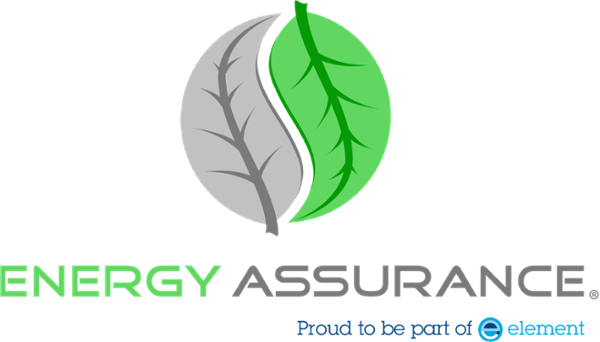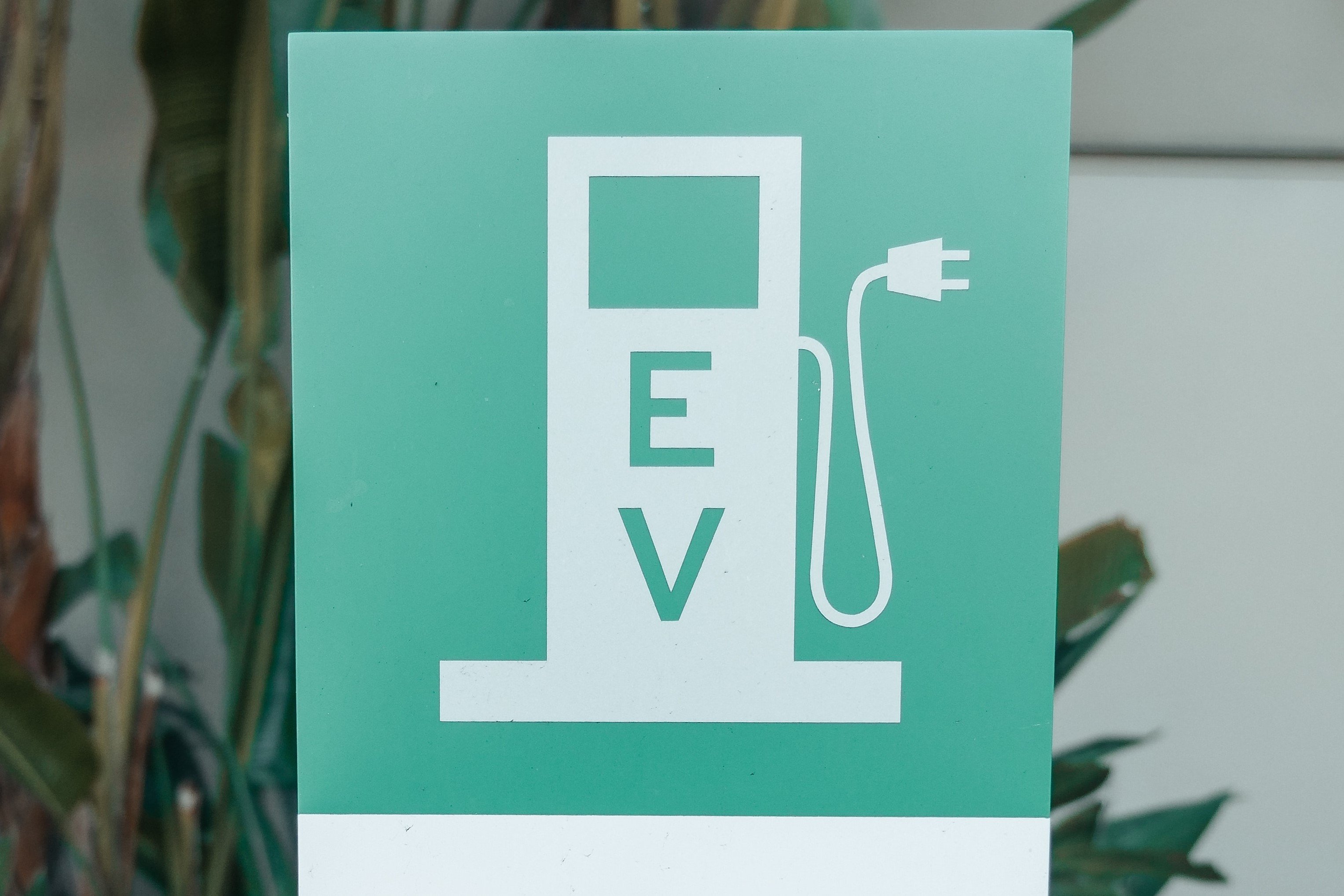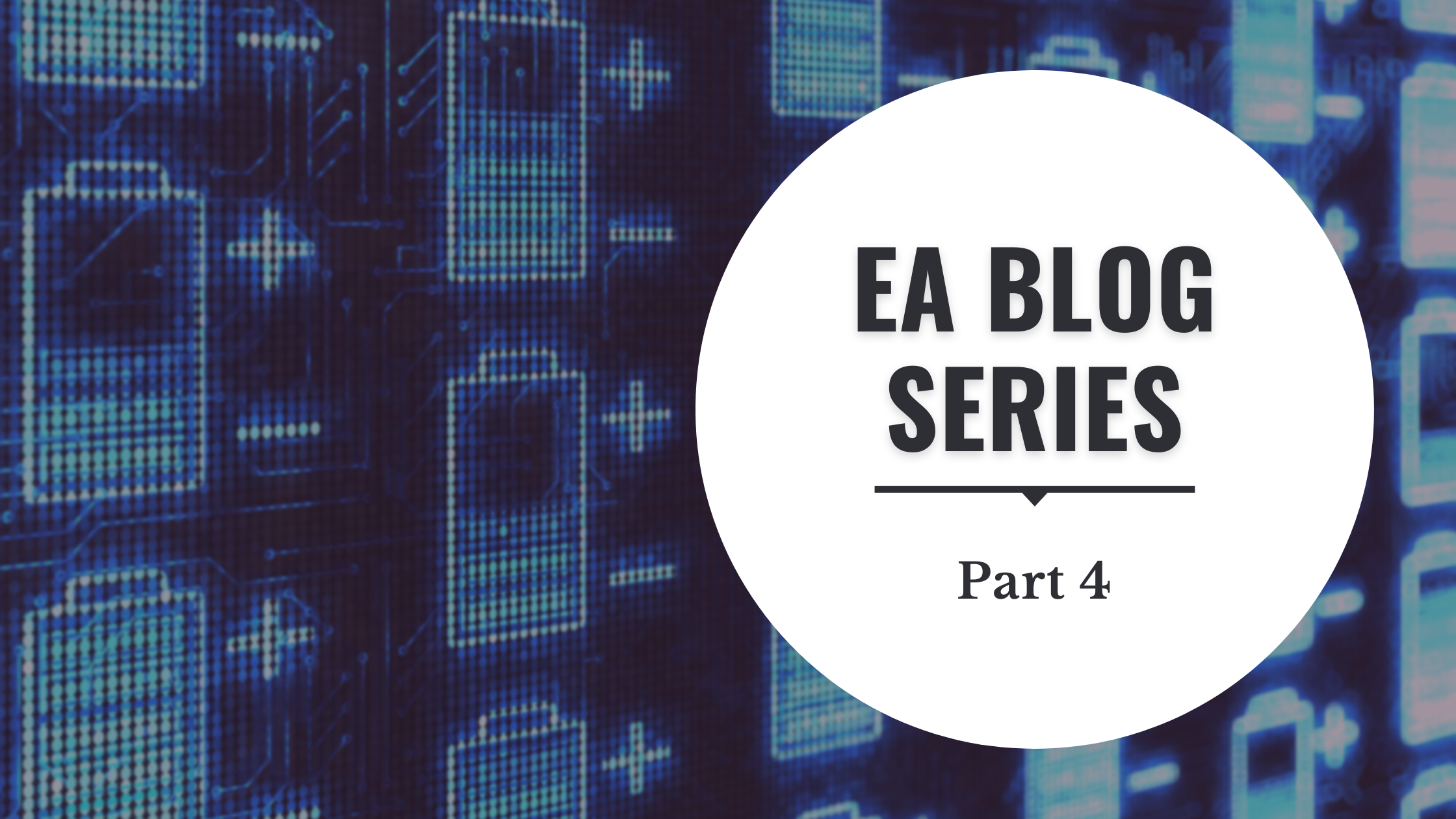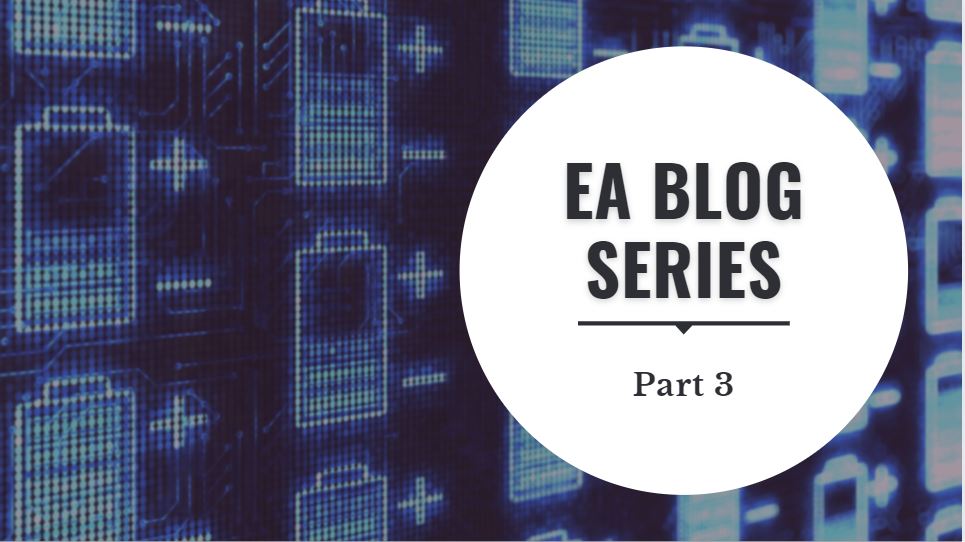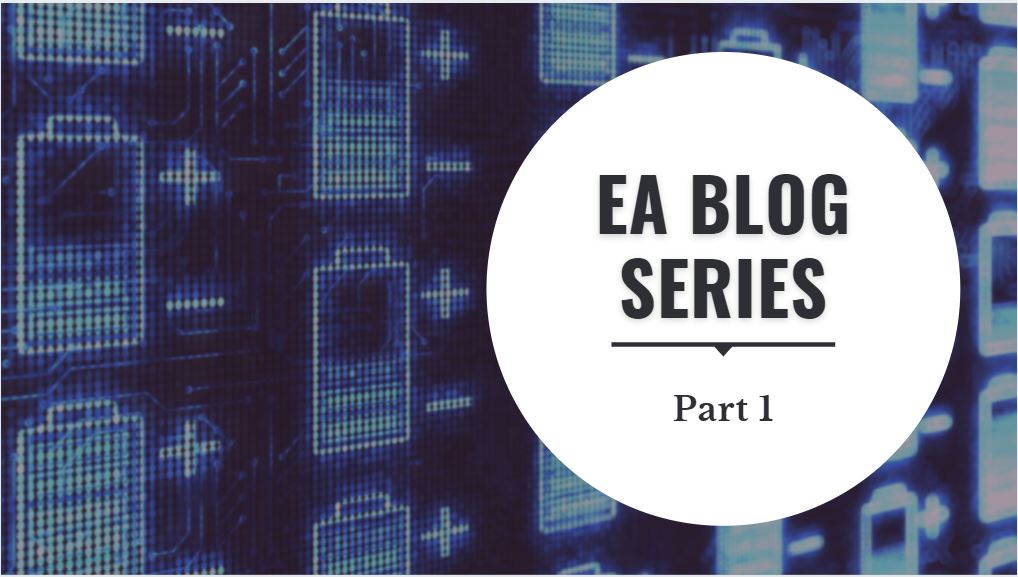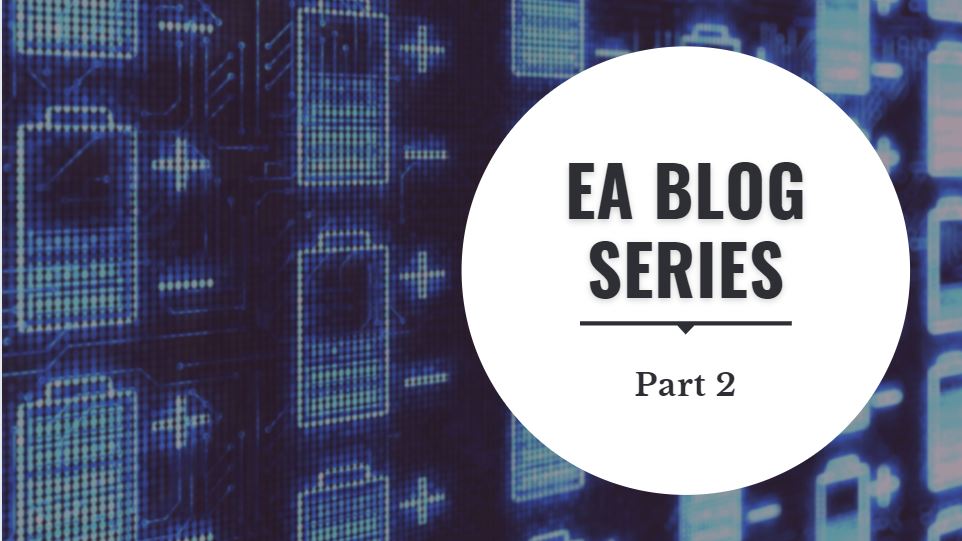
Last week we shared the requirements of compliance for batteries and cells in India. This week, we’ll cover Japan. The Japanese Electrical Appliance and Material Safety Law (also known as DENAN law) requires batteries and cells to be tested. Specifically, Li-Ion cells that are over 400Wh/l and the batteries constructed from these cells must comply with regulations set.
JAPAN
Li-ion cells and batteries are a Category B item within the law and are therefore able to be self-certified (meaning they do not require in-country testing) and must use the PSE in a circle mark on the product.
Exclusions to this law include batteries used in automotive, motorcycle, certain medical appliances, and industrial appliance. However, replacement batteries for these applications shipped in alone would still be subject to the law.
All testing must be in accordance with the Revisions of the Ministerial Ordinance for Determining Technical Standards for Electrical Appliances (Lithium-Ion Secondary Batteries) or using IEC 62133:2012 including the extensive list of differences. These differences bring the IEC testing into alignment with the Ministerial Ordinance. It’s basically all the differences between the IEC standard and the ordinance. No national differences have bee filed for IEC 62133-2:2017, so only the DENAN law or the IEC 62133:2012 with national deviations can be used for compliance.
Mandatory:
- In-country testing is not required. Self-certification with registration by the importer(s) who are responsible for bringing products into Japan is required.
- Standard Applied: Revision of the Ministerial Ordinance for Determining Technical Standards for Electrical Appliances (Lithium Ion Secondary Batteries)” based on IEC 62133:2012, but many differences in test setup and parameters.
- Component cell must show evidence of compliance to the ordinance by way of a separate C of C or tested with the battery.
- Registration by any importer of the battery is required.
- Samples and timeline
- 33 batteries
- 1 host device
- 6-8 weeks
- National differences have been filed for IEC 62133:2012 but they are extensive.
- Compliance is not required for cells and batteries that have an energy density less than 400Wh/l (if component cells are less than 400Wh/l the battery does not need to be tested.)
Mark required:
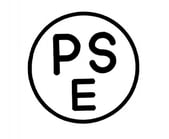
Note: The mark can be applied by the importer in the country.
Label Requirements
- Label will need specific details in the Japanese language (can be applied in country by importer)
- Importer in Japan
- Electrical ratings
- Label can be affixed in Japan – not a customs clearance concern
Process for registration:

Things to be aware of:
- Japanese deviations to the IEC standard match the Ministerial Ordinance now but are very different from base IEC 62133:2012 standard.
- No differences are currently filed to the IEC 62133-2:2017 standard and so you cannot obtain a CB report meeting the Ministerial Ordinance for Japan without differences to test to.
- Registration using the report of test results will be required by the importer that will be bringing the batteries into Japan. It is held by the importer(s) and must be completed by them. Testing can be completed by any acceptable lab.
- The old exclusion for embedded batteries was removed in 2019.
Li-Ion battery requirements for different countries can be quite confusing. Every country has specific requirements that make them unique and these differences can lead to delays and potential changes in design if not fully understood. Join us on March 31, 2021 for a free live webinar that will discuss the mandatory, as well as voluntary or customer-driven, requirements for different countries. We’ll also review upcoming changes to standards and requirements globally.
To save your spot and receive a PDF copy of the webinar afterward, simply register here.
